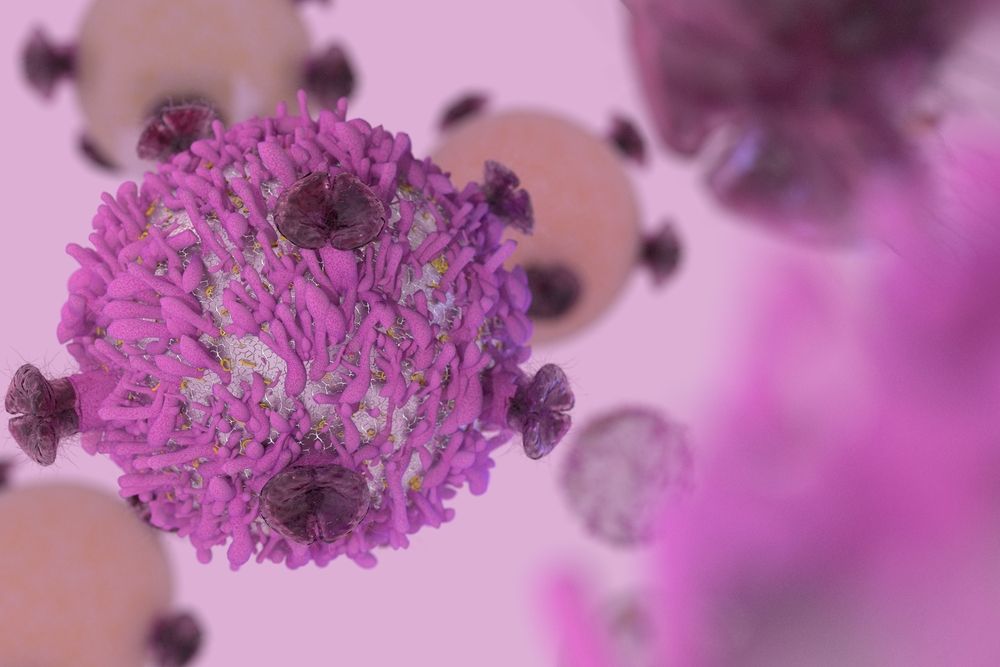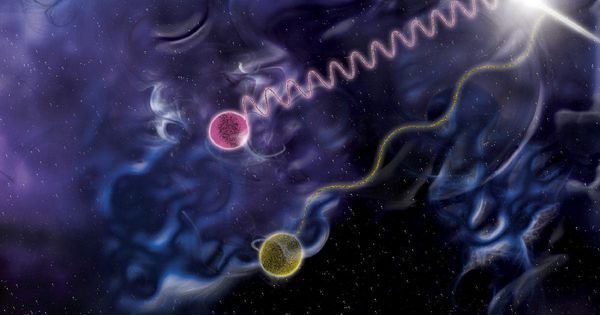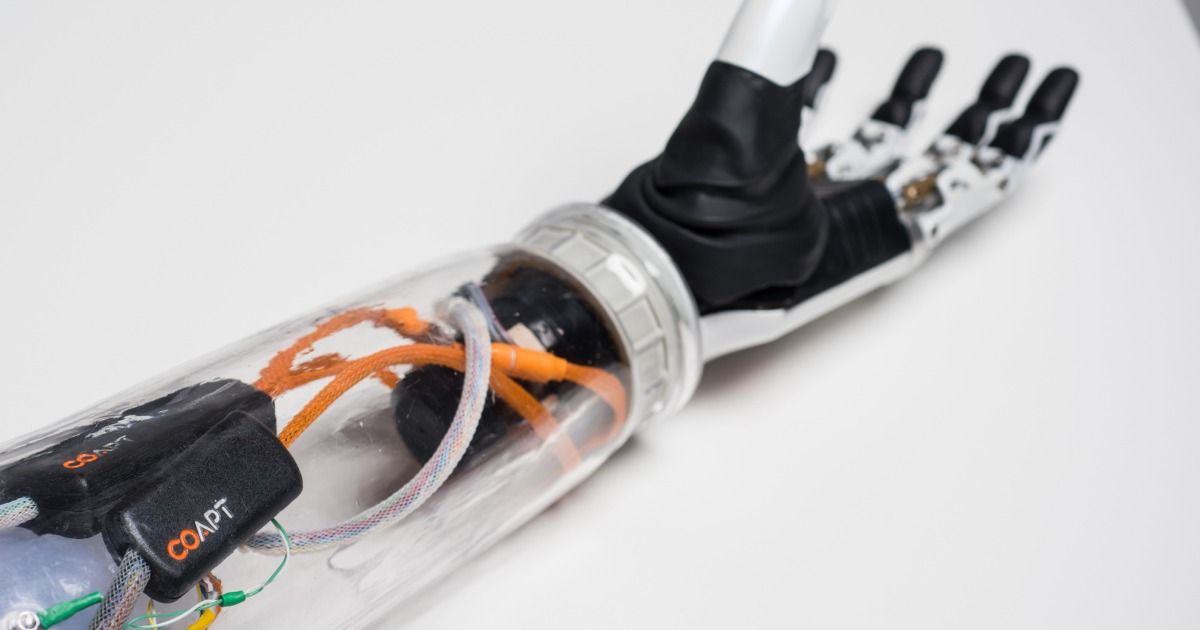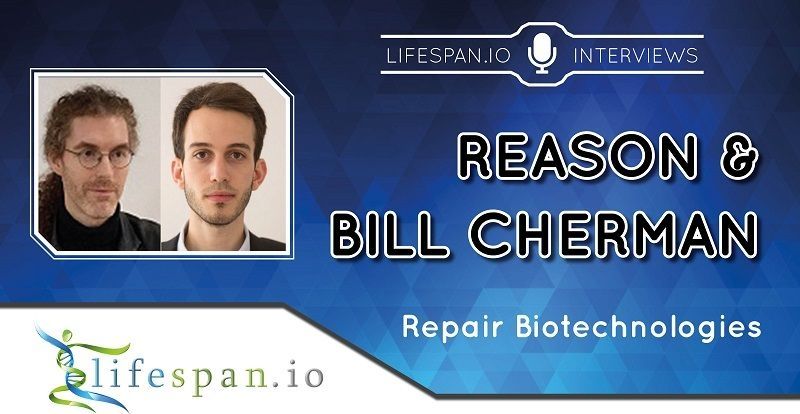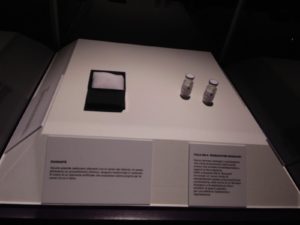Today, we have a talk by Dr. Alvaro Macieira-Coelho, who discusses how aging is a consequence of thermodynamics and entropy. Quite simply, aging is the default for most species.
Earlier this year, we hosted the Ending Age-Related Diseases 2018 conference at the Cooper Union, New York City. The event was focused on bringing the worlds of research and investment in the rejuvenation biotechnology field together and saw a number of talks and panels focused on research and investment.
Dr. Alvaro Macieira-Coelho is a research director at the French National Institute of Health and Medical Research – INSERM. His talk was about how aging is the default behavior and that life is a balance between entropy and the availability of free energy. Essentially, due to the second law, all species progress through changes, and they age as their ability to resist entropy declines.
